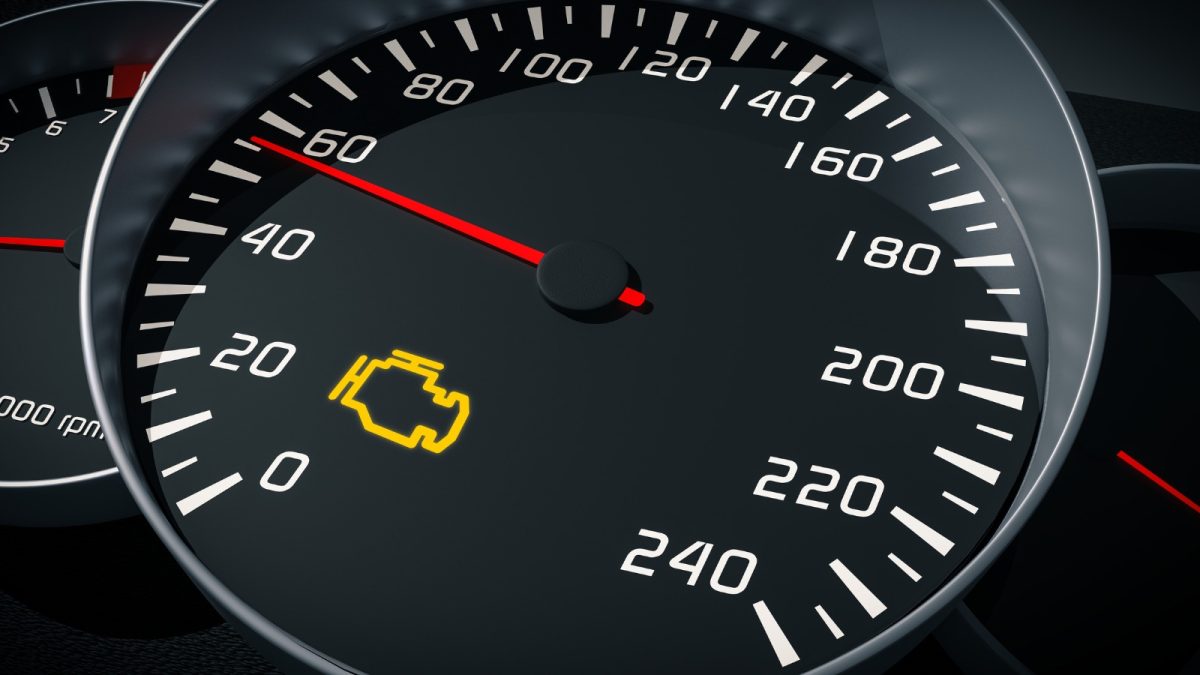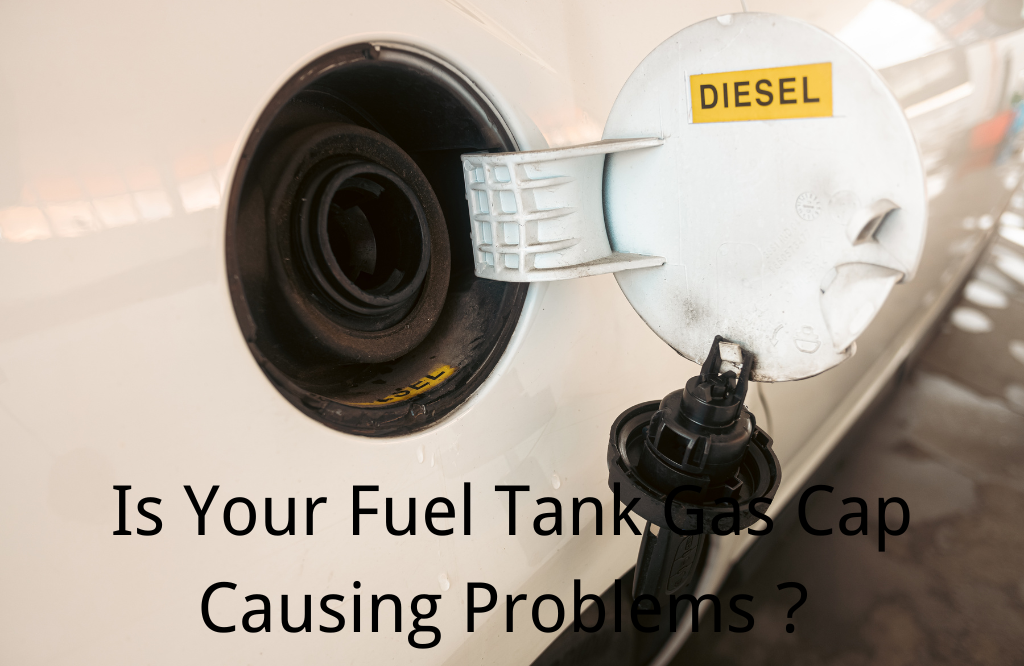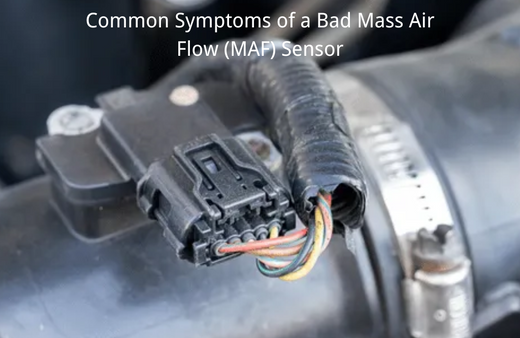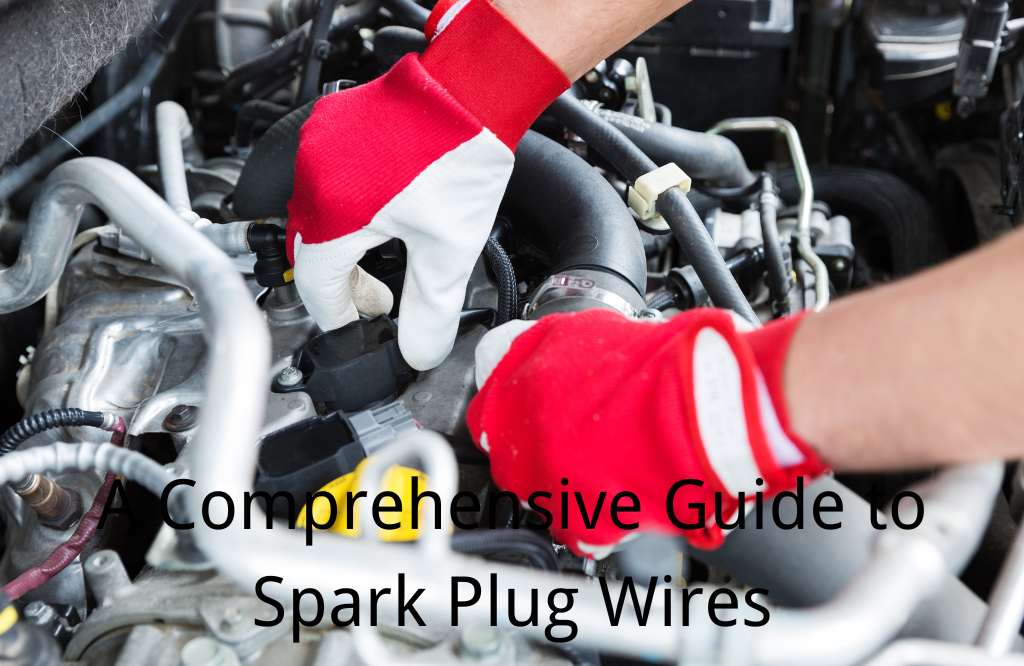Have you been puzzling over why your check engine light suddenly came on or why fuel efficiency seemed to decrease? A potential cause could be something as straightforward as your gas cap. While many might overlook its importance, even this seemingly small component can create significant issues.
Let's examine how a malfunctioning gas cap could be hindering the performance of your car - and what steps we can take to address this issue.
Common Symptoms of a Faulty Gas Cap
Although you might not realize it, an improperly functioning or damaged gas cap could be the source of various car issues. Although a seemingly innocuous component, its role can have profound ramifications on how your vehicle runs - here is how you can tell if your gas cap is part of the issue:
Check Engine Light Comes On: Not all check engine lights indicate something major has gone amiss; sometimes, a loose gas cap can trigger it, signaling a leak in your emissions system and prompting this indicator.

Fuel Economy Decreases: Your mileage per gallon doesn't depend solely on how often you drive; an unfixed gas cap leak could put additional strain on the system and result in reduced miles per gallon mileage.

Odor or Leaks of Gas: Have you noticed gas odor or leaks around your car? It could be an indicator that your gas cap isn't sealing correctly and fuel vapors are escaping, leading to potential fuel odor and leaks.

Loose or Broken Cap: If your gas cap is loose or visibly damaged--for instance cracked plastic or worn out seals--it is time to inspect closely as an improper cap could create serious long-term complications. A loose or damaged gas cap could be the source of more serious issues down the line, requiring more work in the future.

How to Check if Your Gas Cap is the Problem
Before calling a mechanic, let's first test whether your gas cap could be the culprit. Here is a helpful guide that can help determine whether this issue lies within.
- Is it Loose? Pop open the fuel door and check if the gas cap is tightly closed. If it's not, just twist it until it clicks. If it’s too loose, that’s likely the reason behind the check engine light.
- Inspect the Seal The rubber seal inside the cap should be smooth and intact. Check for any cracks or wear that could prevent it from creating a tight seal.
- Check for Cracks The plastic of the cap itself may crack over time. Even a small fracture could allow gas vapors to leak out. It’s best to replace a cracked cap before it leads to more serious issues.
Why a Faulty Gas Cap Affects Your Car
At first glance, a gas cap might seem innocuous enough. Unfortunately, however, its failure could have far-reaching repercussions for both you and your car's wellbeing. Here's why this small piece is essential to its wellbeing:
- Fuel Tank Pressure Issues: A loose gas cap can alter the pressure balance in your fuel system, forcing your car to struggle with fuel delivery and ultimately leading to decreased engine performance or even engine stalling.
- Vapor Leaks: Gasoline is highly volatile. If a cap is improperly sealed, fuel vapors may escape into the atmosphere and harm both the environment and your vehicle's emissions system.
- Reduced Engine Efficiency: Damaged or poorly sealed gas caps can create long-term issues with fuel combustion, leading to decreased engine performance. They may even damage other parts of your engine over time. It's best to fix or replace them quickly before any further complications arise.
Read More: What Tasks Can Be Done by an OBD2 Scanner?
How to Fix or Replace a Faulty Gas Cap
The good news is that fixing a faulty gas cap is usually pretty straightforward. Here’s how you can handle it on your own:
Tighten the Gas Cap
- How: The simplest fix might be the most effective. If your cap is loose, twist it tightly until it clicks. This could solve the problem in minutes.
Replace the Gas Cap
- When to Replace: If the cap is cracked or the seal is broken, it’s time for a replacement. You can easily buy a replacement gas cap at an auto parts store or online.
Replace the Seal
- How: If the seal inside the cap is worn out but the cap itself is still in good condition, you might only need to replace the seal. This is often cheaper than buying a whole new cap.
Once you've replaced the gas cap, you can use an OBD2 scanner to check if the issue has been resolved. The scanner will show if any error codes are still present, indicating whether further action is needed.
Types of Fuel Tank Gas Caps
Not all gas caps are created equal; depending on your vehicle and driving needs, different kinds may apply, each offering its own set of advantages and drawbacks. Here's what you need to know:
Standard Threaded Gas Caps
Standard threaded gas caps are among the most traditional and widely used designs available, offering tight seals to prevent fuel vapors from escaping into the atmosphere. Tightening them correctly is of vital importance--over tightening may damage both the cap and seal causing irreparable harm to both.
This type is common in older cars and trucks where simplicity and reliability are top priorities.

Quick-Release or Push-On Gas Caps
Modern vehicles often utilize quick-release or push-on gas caps, as these don't require twisting to secure into place; rather, they use a push-to-lock mechanism whereby when pressing onto the filler neck until hearing a click, your cap is securely in place.
These features are becoming more and more prevalent on newer sedans and SUVs as manufacturers aim for greater convenience. Like threaded caps, however, they need to be regularly maintained in order to provide an airtight seal.

Venting Gas Caps
Venting gas caps feature a special valve to control the pressure within your fuel tank and let out excess vapors safely, keeping your system at an ideal level of pressure.
Venting caps are typically found on cars that must adhere to stringent environmental standards, and if yours features one it is especially important that the valve works as intended or else this could result in engine issues or warning lights being illuminated.
Tips to Prevent Future Gas Cap Issues
Once your gas cap has been repaired, the next step should be maintaining it so as to avoid future issues with it. Here are some professional tips:
- Inspect Regularly: Every time you refuel, take a quick look at your gas cap. Check for any visible damage, wear, or debris.
- Don’t Over-tighten: It’s tempting to tighten the cap until you can’t turn it anymore, but that can damage the threads or seal. Tighten until you hear a click, and stop.
- Keep It Clean: Make sure the area around the gas cap is clean and free of dirt. Dirt or moisture can damage the seal and cause problems down the road.
FAQs
Why does a loose gas cap cause the check engine light to turn on?
When the gas cap isn’t properly sealed, the vehicle’s system detects a leak in the evaporative emissions system, which causes the check engine light to turn on.
Can a bad gas cap cause a gas leak?
Yes, a faulty gas cap can let fuel vapors escape, which can lead to a noticeable odor around your car or, in extreme cases, a fuel leak.
How do I know when to replace my gas cap?
If the cap is cracked, damaged, or the seal is worn out, it’s time for a replacement. Also, if the cap doesn’t tighten properly, it’s worth replacing.
How tight should the gas cap be?
Tighten the cap until you hear a click. That’s usually enough. Avoid twisting it excessively, as this can cause damage.
Conclusion
A gas cap might seem inconsequential to the functioning of your vehicle, but it plays an integral part in its performance and fuel efficiency. By paying close attention to its status and taking a few simple steps to ensure its health is optimal, you could avoid future headaches down the line.
Don't neglect this small but essential component! A loose gas cap could lead to serious engine issues, decreased fuel economy and costly repairs; keep it tightened for maximum performance! Your vehicle will thank you!




Leave a comment
This site is protected by hCaptcha and the hCaptcha Privacy Policy and Terms of Service apply.